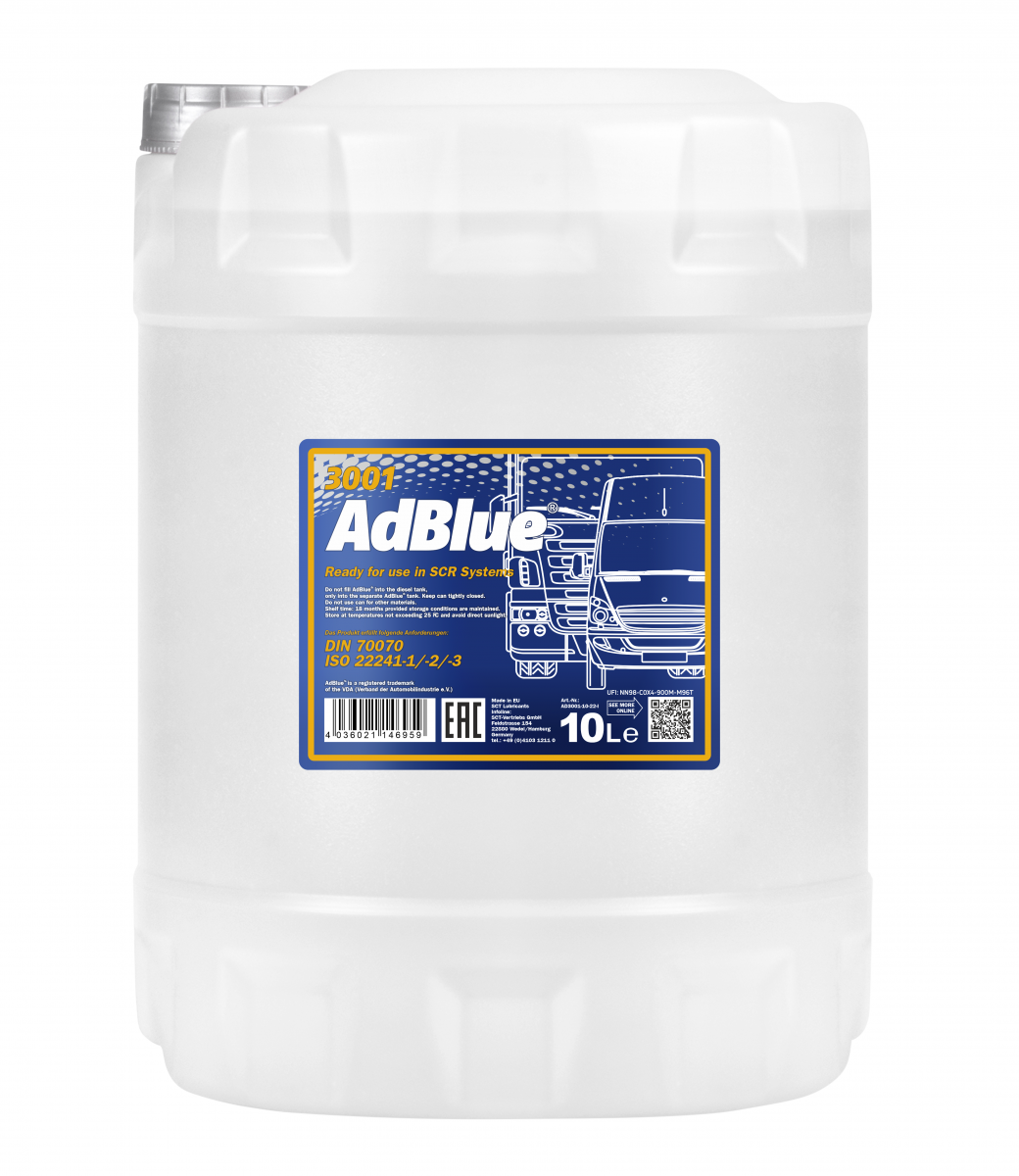Embarking on a road trip can be an exhilarating adventure. However, it's vital to be prepared for any unexpected situations, including medical emergencies. Whether you're a seasoned traveller or planning your first road excursion, knowing basic first aid is indispensable. This guide will equip you with crucial tips and tricks to handle common roadside emergencies confidently.
1. Preparing Your First Aid Kit: The EssentialsBefore you hit the road, ensure your car is stocked with a comprehensive first aid kit. Here’s what you should include:
-
Bandages and Gauze: Various sizes for covering small cuts or large wounds.
- Adhesive Tape: To secure gauze or bandages.
- Antiseptic Wipes: For cleaning wounds and preventing infection.
- Antibiotic Ointment: To apply on minor cuts or abrasions after cleaning.
- Pain Relievers: Such as ibuprofen or acetaminophen.
- Allergy Medication: Including antihistamines and epinephrine auto-injectors (if prescribed).
- Tweezers: For removing splinters or debris.
- Scissors: To cut tape or clothing if necessary.
- Cold Packs: For reducing swelling or numbing pain.
-Thermal Blanket: To keep warm or treat shock.
-A list of emergency contacts and medical history for all travelers**: Vital for informing responders about specific needs.
2. Basic First Aid Procedures: What to KnowKnowing how to handle common medical issues can be lifesaving, especially when help is far away.
Cuts and Scrapes: Clean the area gently with water and soap or an antiseptic wipe. Apply antibiotic ointment and cover with a sterile bandage.
Sprains and Strains: Remember ‘RICE’: Rest, Ice, Compress, and Elevate. Use cold packs for ice, a bandage for compression, and prop up the injured limb.
Choking: If the person can cough or make sounds, encourage them to keep coughing. If they can't breathe, perform the Heimlich maneuver.
Burns: Cool the burn under running water for at least 10 minutes. Cover loosely with sterile gauze. Avoid applying creams or ice.
3. Handling Serious InjuriesSome emergencies require immediate professional medical attention. Here’s how to manage until help arrives:
Heavy Bleeding: Apply firm pressure to the wound with a clean cloth. If possible, elevate the area above the heart.
Broken Bones: Immobilize the area using a splint or cushioning, but do not try to realign the bone.
Head Injuries: Keep the person still. Avoid moving them unless necessary and monitor consciousness.
Heatstroke: Move the person to a shaded or air-conditioned area. Apply cool, wet cloths or ice to head, neck, armpits, and groin.
4. When to Call for HelpAssess the situation carefully. If someone is seriously hurt, call emergency services immediately. Don’t attempt to move someone who’s been injured in a vehicle accident unless there is a risk of fire or explosion.
5. First Aid Training: Enhancing Your SkillsConsider taking a certified first aid course. Many organizations offer basic to advanced training that can prepare you for a wide range of situations. This knowledge is invaluable and goes beyond just road trips.
Conclusion:Being prepared with basic first aid knowledge and a well-equipped kit can make a significant difference in managing roadside emergencies. It not only ensures your safety but also the well-being of your fellow travellers. Remember, the key to effective first aid is calm, prompt action. So, gear up, stay informed, and enjoy your journey with peace of mind knowing that you are prepared to handle any situation that comes your way.
Before your next road trip, visit
Fixra to find more tips on travel safety and the best first aid kits to ensure you’re ready for the unexpected. Safe travels!













